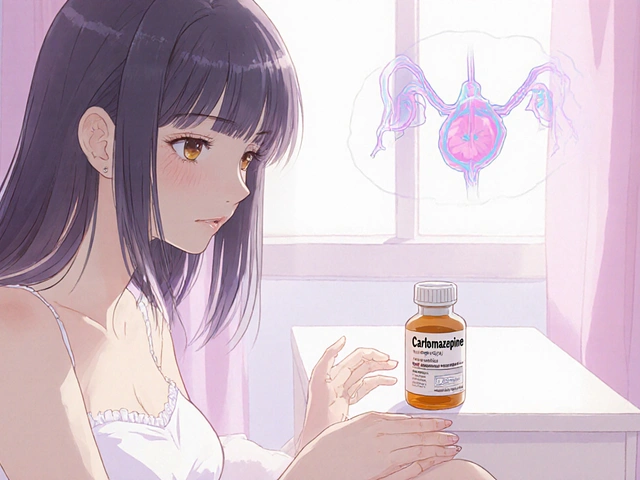Lithium – What It Is, Why It’s Used, and How to Stay Safe
If you’ve heard doctors mention lithium, you probably know it’s a mood‑stabilizing drug, mostly for bipolar disorder. But beyond that, most people wonder how it actually works and what to watch out for. Below, we break down the basics, the benefits, the risks, and some practical steps to make sure you’re using it right.
How Lithium Helps with Mood Swings
Lithium is a simple mineral that crosses into the brain and influences the way nerve cells communicate. It doesn’t act like a typical antidepressant; instead, it smooths out the roller‑coaster of highs (mania) and lows (depression). Most patients start feeling more stable after a few weeks, though the exact timeline differs for each person.
Doctors usually pick lithium because it’s been proven over decades to reduce suicide risk and keep manic episodes from flaring up. If you’re on other mood meds, lithium often works best when paired with them, creating a balanced treatment plan.
Key Side Effects and How to Watch for Them
Like any medication, lithium comes with a list of possible side effects. The most common include mild nausea, increased thirst, and occasional tremors in the hands. These usually fade after the body adjusts, but they’re a sign that the dose might need tweaking.
More serious concerns involve kidney function and thyroid health. That’s why doctors order regular blood tests: they check lithium levels, kidney markers, and thyroid hormone levels. If you notice persistent headaches, confusion, or muscle weakness, call your provider right away—those could signal lithium toxicity.
Staying hydrated is crucial. Dehydration can raise lithium concentration in the blood, increasing the risk of side effects. Aim for steady water intake and avoid sudden changes in diet, especially drastic cuts in salt, as they can shift lithium levels.
Another tip: keep a medication diary. Jot down any new symptoms, how you feel each day, and any over‑the‑counter supplements you start. Sharing this log with your doctor helps fine‑tune the dose quickly.
Finally, never stop lithium abruptly. If you’re thinking about coming off, talk to your clinician first. They’ll guide you through a gradual taper to avoid rebound mood swings.
In short, lithium can be a game‑changer for many dealing with bipolar disorder, but it works best when you stay on top of labs, hydrate well, and keep open communication with your healthcare team.

Lithium Explained: Properties, Uses, and Safety Guide (2025)
A clear, up‑to‑date guide on what lithium is, its key physical properties, major applications from batteries to medicine, and how to handle it safely.




